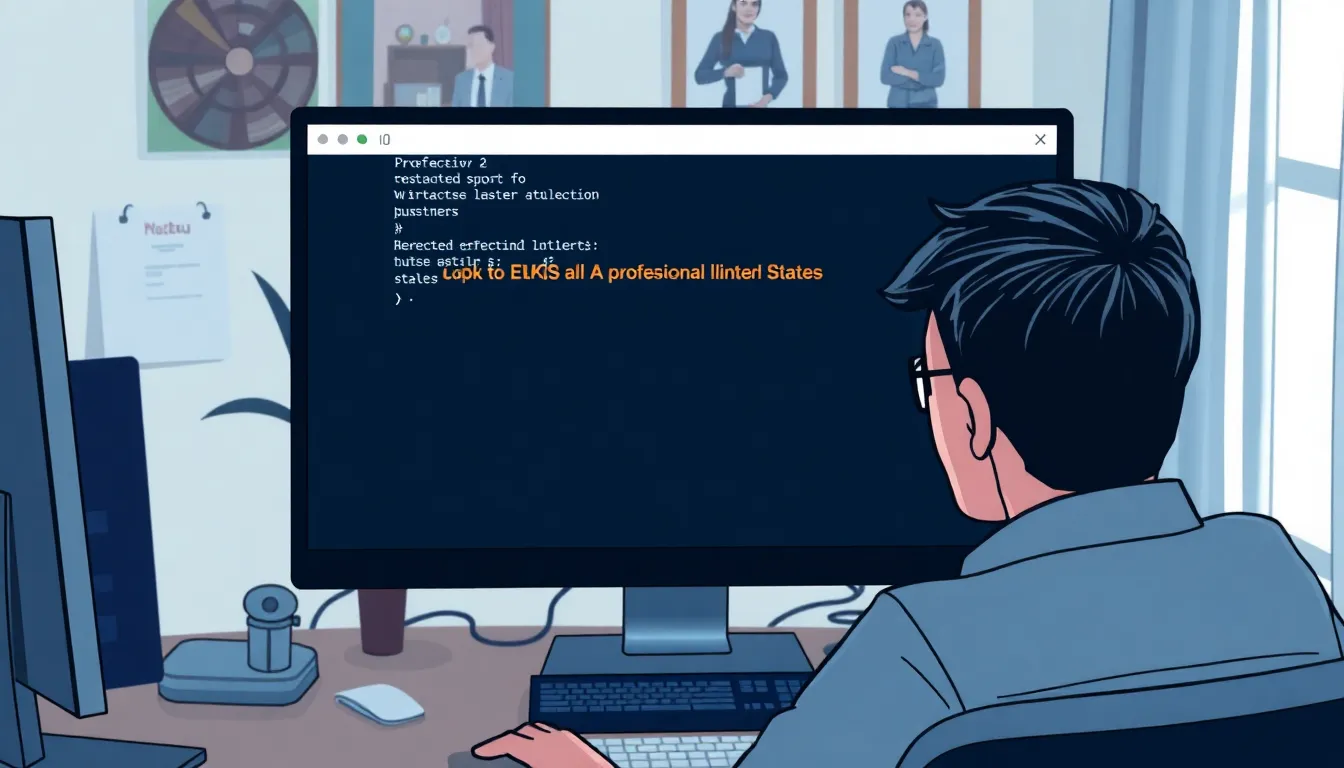When technology throws a curveball, it can feel like a scene straight out of a comedy. Enter the infamous “problem on computer 8379xnbs8e02328ws,” a digital conundrum that’s baffled many. Picture this: you’re cruising through your tasks when suddenly, your screen freezes, and chaos reigns. It’s like your computer decided to take an unexpected vacation without telling you.
Overview of Problem on Computer 8379xnbs8e02328ws
The issue labeled as “problem on computer 8379xnbs8e02328ws” manifests primarily as a frozen screen. Users often observe this problem when engaging in tasks that require significant processing power. Symptoms include unresponsive applications and an inability to access files or programs.
This computer malfunction disrupts workflow and can lead to data loss if unsaved information exists. Frequent occurrences may indicate underlying hardware or software complications. It’s essential to identify whether the issue stems from overheating, insufficient memory, or software conflicts.
Diagnosing the problem involves observing specific patterns. Notably, many users report that freezing happens during high-demand operations like video rendering or running multiple applications. System resource monitoring tools can help pinpoint deficits in RAM or CPU usage during these episodes.
Addressing the problem on computer 8379xnbs8e02328ws requires several troubleshooting steps. First, restarting the computer often resolves transient freezes. Regular software updates and driver installations can enhance system stability. Utilizing disk cleanup tools further optimizes performance by removing unnecessary files.
For persistent issues, consulting with technical support might be necessary. Many experts recommend considering hardware upgrades if the computer’s specifications do not meet the demands of installed software. Understanding the warning signs of this problem is crucial for maintaining smooth computer operation.
Common Symptoms

Identifying the symptoms of the problem on computer 8379xnbs8e02328ws helps in addressing the issue effectively. Users often notice specific error messages and unusual system behavior when this problem arises.
Error Messages
Seen frequently, error messages may pop up unexpectedly during tasks. A common message indicates a memory issue, suggesting the application cannot allocate the required resources. Other messages might reference file access errors or application crashes. These warnings signal potential underlying hardware or software problems. Addressing these alerts quickly can prevent further complications and data loss.
System Behavior
Behavior changes in the system are noticeable signs of distress. Applications regularly freeze during resource-intensive tasks, hindering workflow. Users experience longer load times and unexpected crashes, even causing reboot incidents. Systems often become sluggish, impacting overall performance. Increased fan noise may also occur, implying overheating or excessive strain on hardware. Recognizing these patterns prompts users to take immediate action for a smoother computing experience.
Potential Causes
Understanding the potential causes of the problem on computer 8379xnbs8e02328ws helps in troubleshooting effectively. Two primary areas warrant attention: hardware issues and software conflicts.
Hardware Issues
Hardware malfunctions often lead to computer freezes. Overheating components, particularly the CPU and GPU, may cause the system to halt unexpectedly. Insufficient RAM can result in performance bottlenecks, especially during resource-heavy tasks. Faulty storage drives also contribute to unresponsiveness; data retrieval problems can freeze applications entirely. Users may notice increased fan noise as the system works harder to cool down. Checking component health and ensuring optimal airflow can prevent many problems associated with hardware.
Software Conflicts
Software conflicts frequently occur when multiple applications attempt to access the same resources. Outdated drivers may lead to compatibility issues, causing programs to freeze during use. Malware and viruses can also disrupt normal operations, creating significant slowdowns or crashes. Users should install updates regularly to minimize these risks. Additionally, running too many programs simultaneously strains system resources, exacerbating the freezing issue. Assessing installed applications for any conflicts aids in maintaining smoother performance and stability.
Troubleshooting Steps
Troubleshooting the “problem on computer 8379xnbs8e02328ws” involves straightforward methods to identify and resolve issues.
Basic Solutions
First, restart the computer to refresh the system. Restarting often clears temporary glitches causing freezing. Next, ensure all software updates are current, especially for drivers and operating systems. Running a disk cleanup can optimize performance by removing unnecessary files and free up disk space. Checking for overheating is essential; ensuring adequate ventilation helps maintain optimal temperature. Users should also monitor the number of applications running simultaneously, as limiting them can reduce strain on system resources.
Advanced Techniques
For persistent problems, running a memory diagnostic can pinpoint RAM issues. This tool checks for memory errors that may lead to freezes. Utilizing safe mode enables users to troubleshoot with minimal software interference; this mode loads only essential drivers. Additionally, performing a system restore allows users to revert to a stable configuration prior to issues arising. Looking into hardware upgrades, such as adding RAM or replacing an aging hard drive, may also significantly enhance performance. Lastly, scanning for malware helps eliminate any rogue software affecting system efficiency.
Conclusion
Addressing the problem on computer 8379xnbs8e02328ws requires a proactive approach. Users must stay vigilant for signs of distress such as freezing screens and increased fan noise. Recognizing these symptoms early can prevent data loss and maintain productivity.
Regular maintenance like software updates and disk cleanups plays a crucial role in system health. For those facing persistent issues, exploring hardware upgrades or seeking professional help can provide lasting solutions. By understanding the underlying causes and implementing effective troubleshooting methods, users can ensure a smoother computing experience and minimize disruptions in their workflow.


